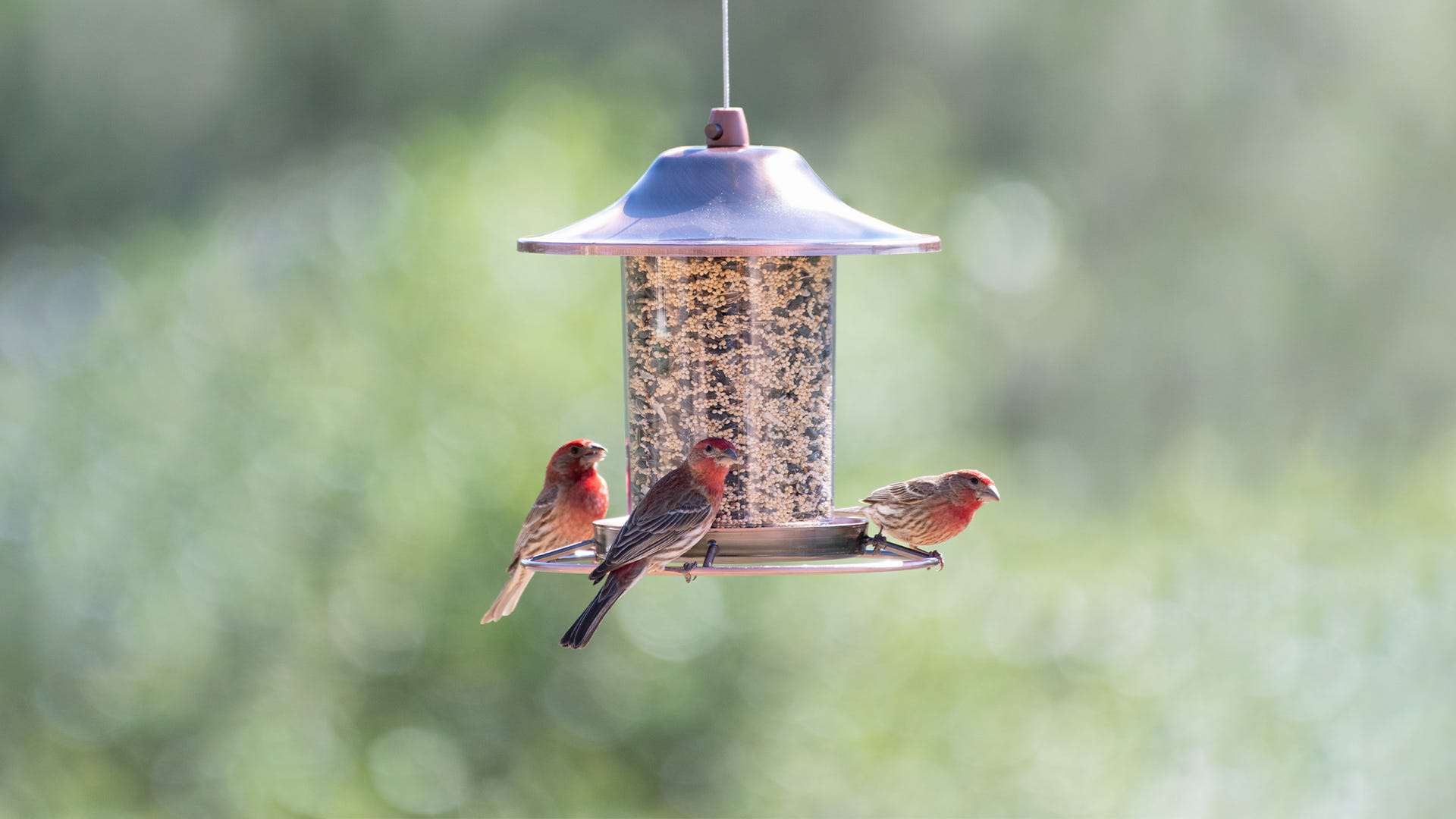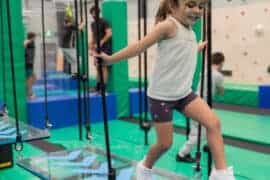The Joy of Birdseed Feeders: A Parent’s Guide to Backyard Birdwatching
Hey there, awesome parents and guardians! Are you looking for a fun and educational activity that will not only delight your kiddos but also welcome a flurry of feathered friends right into your own backyard? Look no further because birdseed feeders are a chirp-tastic way to introduce your family to the wonders of nature and birdwatching!
Creating a bird-friendly environment through birdseed feeders isn’t just exciting for the little ones, but it’s also a fulfilling endeavor that helps local wildlife and builds lasting family memories. Plus, did we mention it’s super-duper easy to get started? Let’s wing it together with this ultimate guide on setting up the perfect birdseed feeder station.?
Why Bird Watching is Great for Kids
The hustle and bustle of life can sometimes make us all, big and small, forget to appreciate the simple things. Bird watching is like a breath of fresh air for busy minds! It encourages patience, quiet observation, and a feeling of connection with the natural world. It’s also perfect for teaching the little ones about different bird species, their habitats, and the importance of caring for our environment.
Choosing the Right Birdseed Feeder
Before we dive into the “how-tos,” it’s important to flutter over the different types of birdseed feeders available. You’ll find a variety of styles such as tube feeders, hopper feeders, window feeders, and more. The best part? Each attracts a different type of bird! So, you can pick and choose based on the bird buddies you want to visit.
Finding the Perfect Spot for Your Feeder
Eager to get those birdies flocking? Location, location, location! The spot you choose for your birdseed feeder can make a huge difference in the quantity and variety of birds that come to visit. You’ll want a place that’s safe from predators, sheltered from harsh weather, and visible from a window so your family can enjoy the view.
Safety First: Protecting the Birds
As you embark on this fluttery adventure, it’s vital to consider the safety of our feathered friends. This means regular cleaning of the feeders to prevent the spread of disease and placing them at a safe distance from windows to reduce collisions. Educating your family about these considerations not only helps the birds but also instills a sense of responsibility and compassion in young nature enthusiasts.
Get Ready to Roll: Setting Up Your Feeder
Now for the fun part – setting up your birdseed feeder! You’ll need to gather your supplies, such as the feeder, appropriate birdseed, and any additional accessories like squirrel baffles (those cheeky critters!). Then, it’s a matter of assembling, filling, and hanging your feeder. Don’t forget to let the kiddos help; it’s a hands-on learning experience!
What’s on the Menu? Choosing the Right Birdseed
Just like us humans, birds have their own favorite snacks! Different seeds will attract different birds. For instance, sunflower seeds are a hit with a wide variety of birds, while nyjer seeds are a finch favorite. Providing a mix can be a fun way to see which local birds grace your garden.
Maintenance Matters: Keeping Your Feeder Clean
No one likes a dirty diner, and birds are no exception. Keeping your birdseed feeder clean is key to ensuring the health of your avian amigos and making your feeding station an alluring stopover. Later in this guide, we’ll share some top tips for keeping your feeder in tip-top shape – it’s easier than you think!

Five Key Things Parents Should Know When Preparing for Birdseed Feeders
1. Consider the Local Bird Population
When setting up birdseed feeders in your backyard, it’s crucial to think about the types of birds that are native to your area. Research local species and their feeding habits. This understanding will help you provide the right type of food and feeder design to cater to your intended audience. Not all birds are the same; some might prefer feeders placed high up while others enjoy foraging closer to the ground.
2. Select the Appropriate Birdseed
Your selection of birdseed will determine which birds will frequent your feeder. Opt for high-quality seeds as these will attract a wider variety of birds and provide better nutrition. Avoid inexpensive mixes that have a lot of filler like milo, oats, and barley – they often go uneaten and can attract pests. Black oil sunflower seeds, suet, and nectar for hummingbirds are some popular and beneficial options.
3. Placement is Key
Strategic placement of your birdseed feeder is a game-changer. It should be located away from the reach of predators such as cats, and in a quiet area where birds will feel safe. Additionally, consider the mess – some birdseed will inevitably fall to the ground. So, place feeders over easy-to-clean surfaces or in areas where a little mess won’t be an issue.
4. Keep It Clean
Regular maintenance of the feeder is essential. A dirty feeder can harbor bacteria, mold, and diseases that can be harmful to birds. Plan to clean the feeder at least once every two weeks – more frequently if usage is heavy or if wet weather occurs. Use a solution of one part bleach to nine parts water to thoroughly disinfect and then rinse well. Dry the feeder completely before refilling it with fresh seeds.
5. Involve the Whole Family
Involve your children in every step of the process, from choosing the feeder to filling it with seed. This is an excellent opportunity for hands-on learning about birds and their environments, and it can help foster a love and respect for wildlife. Make the activity interactive by including tasks suitable for different ages, such as bird spotting, drawing the birds, or even keeping a bird watching journal.
. For more information see here
Disclaimer
The articles available via our website provide general information only and we strongly urge readers to exercise caution and conduct their own thorough research and fact-checking. The information presented should not be taken as absolute truth, and, to the maximum extent permitted by law, we will not be held liable for any inaccuracies or errors in the content. It is essential for individuals to independently verify and validate the information before making any decisions or taking any actions based on the articles.




